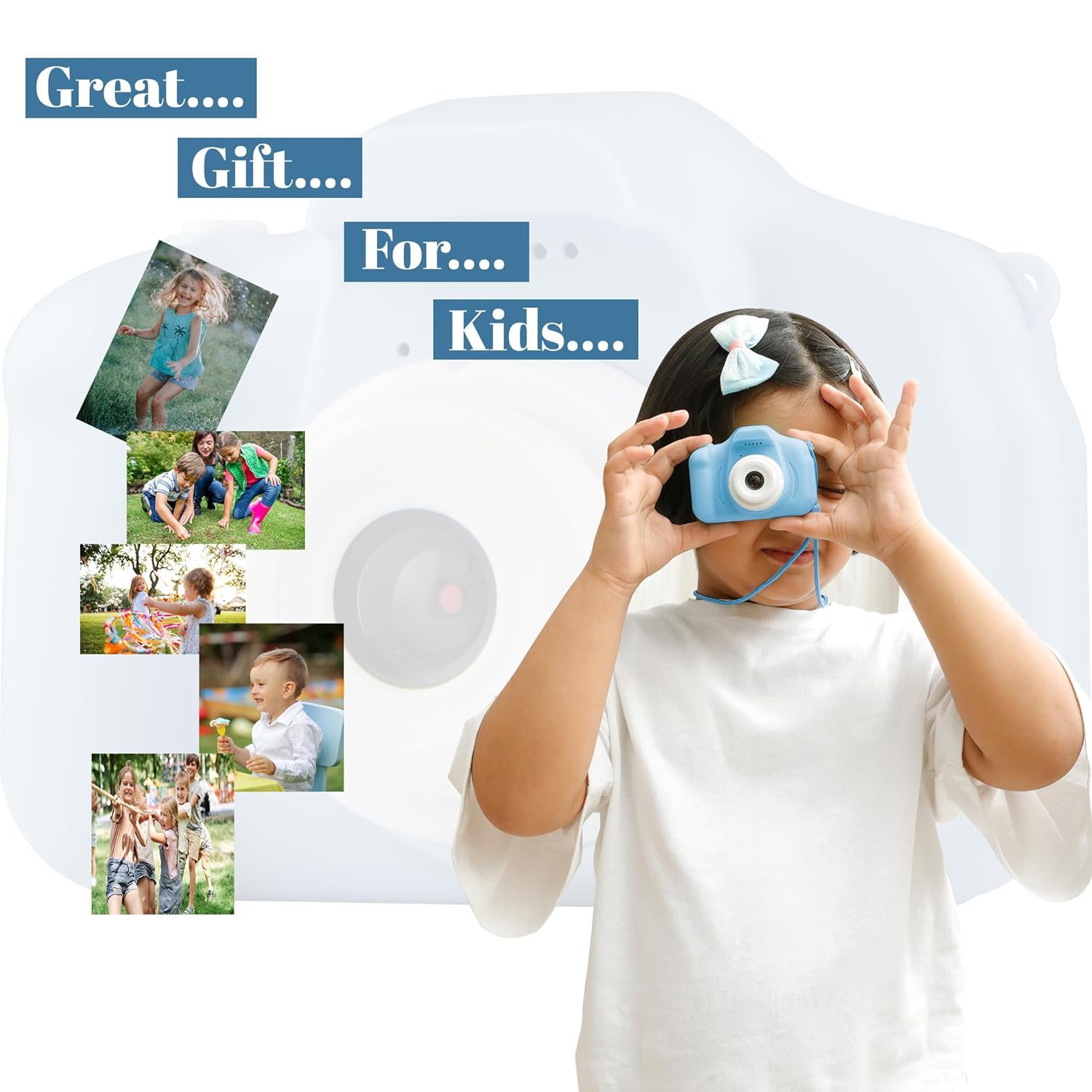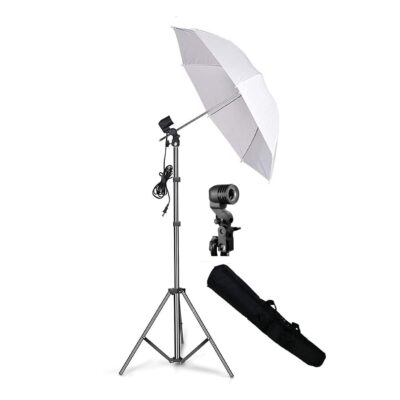Description
Price: ₹2,099 - ₹899.00
(as of Jun 07, 2024 13:37:24 UTC – Details)
Product Description


PLAYSKOUT Kids Digital multifunctional Camera


A multifunctional kids’ digital camera offers a variety of features and capabilities beyond basic photography. Here’s an explanation of what such a camera might contain:
Camera Functionality: The primary function of the device is, of course, to take photos. It should include a built-in camera with a lens, image sensor, and shutter mechanism capable of capturing still images.Video Recording: Many kids’ digital cameras also have the ability to record videos. This allows children to capture moving images and create their own short films or video clips.Built-in Games and Activities: Some cameras come preloaded with games, puzzles, or other interactive activities to entertain children when they’re not taking photos. These games can range from simple memory games to more complex challenges.Filters and Effects: To add fun and creativity to their photos, these cameras often include built-in filters and effects that children can apply to their images. This might include things like funny faces, stickers, frames, or color filters.Photo Editing Software: Basic photo editing software may be included with the camera, allowing kids to edit and enhance their photos directly on the device. This could involve cropping, adjusting brightness and contrast, or adding text and drawings.Voice Recording: Some cameras allow kids to record audio along with their photos, adding another dimension to their memories. This feature enables them to narrate their experiences or capture ambient sounds to accompany their images.Durable Design: Given that the camera is designed for children, it should have a sturdy and durable construction to withstand the inevitable bumps and drops that may occur during use.Parental Controls: Parental controls or settings may be available to help parents manage and monitor their child’s use of the camera. This could include features like password protection, limiting access to certain functions, or setting usage time limits.Memory Storage: The camera should have internal memory or support for external memory cards to store photos, videos, and other data captured by the child.Connectivity Options: Some cameras may offer connectivity options such as USB , allowing children to transfer their photos to a computer or share them with friends and family.
By combining these various functions and features, a multifunctional kids’ digital camera provides children with a versatile and engaging tool for capturing and exploring the world around them.
Kids Digital Camera Christmas Birthday Holiday Gift for Kids


When choosing a kids’ digital camera, consider factors such as durability, ease of use, photo quality, and additional features like built-in games or filters designed for kids. It’s important to select a camera that’s age-appropriate and suits the child’s interests and skill level.
Kids love to express themselves, and a digital camera allows them to capture their perspective of the world around them. Whether it’s snapping photos of their friends, family, pets, or the environment, it encourages creativity and storytelling.
Using a camera introduces children to the basics of photography, including composition, lighting, and perspective. It can spark an interest in art and technology, fostering valuable skills they can carry into other areas of their lives.
When choosing a kids’ digital camera, consider factors such as durability, ease of use, photo quality, and additional features like built-in games or filters designed for kids.






Video Recording:
Many kids’ digital cameras also have the ability to record videos. This allows children to capture moving images and create their own short films or video clips.
Filters and Effects:
To add fun and creativity to their photos, these cameras often include built-in filters and effects that children can apply to their images. This might include things like funny
Built-in Games and Activities:
Some cameras come preloaded with games, puzzles, or other interactive activities to entertain children when they’re not taking photos. These games can range from simple memory games to more complex challenges.
By combining these various functions and features, a multifunctional kids’ digital camera provides children with a versatile and engaging tool for capturing and exploring the world around them.






Time-Lapse Recording:
The camera would have a specific mode or setting for time-lapse photography. When activated, the camera would automatically capture a series of photos at set intervals over a period of time.
Optical Zoom:
The camera would likely feature an optical zoom lens that can physically adjust to change the focal length and magnification of the image. Optical zoom provides higher image quality compared to digital zoom, as it does not involve interpolation or loss of detail.
Child-Friendly Design:
Like other kids’ digital cameras, the device would have a durable and user-friendly design suitable for young children. This may include features like large buttons, a lightweight and compact body, and colorful aesthetics.


“1080p” refers to the resolution of the video captured by the camera, specifically 1920 pixels horizontally by 1080 pixels vertically.
A kids’ toy camera capable of recording 1080p HD video offers children a fun and educational way to capture high-quality videos of their adventures. Here’s a more detailed explanation of what such a camera might entail:
Video Resolution: “1080p” refers to the resolution of the video captured by the camera, specifically 1920 pixels horizontally by 1080 pixels vertically. This high-definition resolution ensures that videos recorded with the camera will be crisp, clear, and detailed.Frame Rate: Along with resolution, the frame rate is an important aspect of video quality. A kids’ camera capable of recording 1080p HD video might offer a standard frame rate of 30 frames per second (fps), providing smooth and lifelike motion in the recorded footage.Recording Modes: The camera may offer different recording modes to suit various situations and preferences. This could include options for standard video recording, time-lapse recording, or even slow-motion recording for capturing action-packed scenes in greater detail.Audio Recording: In addition to video, the camera would likely feature a built-in microphone for recording audio. This allows children to capture not only the sights but also the sounds of their experiences, adding another layer of immersion to their videos.Storage: The camera would need sufficient internal memory or support for external memory cards to store the video footage. This ensures that children can record multiple videos without running out of storage space and allows for easy transfer of videos to other devices for viewing and sharing.Playback and Viewing: After recording videos, children can play them back directly on the camera’s LCD screen or transfer them to a computer or other device for viewing on a larger screen. This allows them to relive their memories and share their creations with family and friends.Durability and Safety: As with any kids’ toy, the camera should be designed with durability and safety in mind. It should have a robust construction to withstand accidental drops and bumps, as well as child-friendly features such as rounded edges and non-toxic materials.Educational Value: Recording videos with a kids’ camera fosters creativity, storytelling, and communication skills. Children can document their experiences, create their own mini-movies, and share their perspectives with others, all while learning about technology and the art of filmmaking.
Overall, a kids’ toy camera capable of recording 1080p HD video provides children with a versatile and engaging tool for capturing and sharing their adventures in stunning detail. It encourages exploration, creativity, and self-expression while offering a fun introduction to the world of videography.


kids digital camera for your children
A kids’ digital camera is a wonderful tool for sparking creativity and exploration in children. Here’s an explanation of what such a camera might contain and why it’s beneficial for your children:
Durable Design: Kids can be quite enthusiastic when it comes to handling toys, so a good kids’ digital camera should be designed to withstand bumps, drops, and other rough handling. Look for sturdy construction and materials that can endure active play.Easy-to-Use Controls: Children may not have the patience for complex menus and settings, so the camera should have intuitive and straightforward controls that are easy for little hands to operate. Large buttons and simple menus make it easier for kids to navigate and use the camera independently.Child-Friendly Features: Kid-friendly features such as colorful designs, fun shapes, and appealing characters can make the camera more attractive and engaging for children. Cameras with built-in games, frames, and stickers also add to the fun and encourage creativity.Safety Considerations: Safety is always a priority, especially when it comes to toys for children. Ensure that the camera complies with relevant safety standards and regulations, and choose models with rounded edges and non-toxic materials to minimize any potential hazards.Photo and Video Capabilities: A good kids’ digital camera should be capable of capturing both still photos and videos. This allows children to document their experiences in various ways and experiment with different forms of storytelling.Built-in Memory and Expandable Storage: The camera should have sufficient built-in memory to store a decent number of photos and videos, and also support expandable storage via memory cards. This ensures that children can capture as many memories as they want without worrying about running out of space.Viewfinder or LCD Screen: A viewfinder or LCD screen allows children to see what they’re capturing in real-time, helping them frame their shots and adjust their composition as needed. A clear and bright screen makes it easier for kids to review their photos and videos on the go.Parental Controls: Parental controls such as password protection and content management settings provide parents with peace of mind and allow them to monitor and control their child’s use of the camera. This ensures a safe and age-appropriate experience for young users.
Overall, a kids’ digital camera is not just a toy—it’s a valuable tool for fostering creativity, self-expression, and imagination in children. By providing them with their own camera, you’re empowering them to explore the world around them through their own unique lens.
Video Recording and photo: This feature enables kids to simulate recording short videos just like a real camera. They can capture pretend moments and play them back on the camera’s screen. When the “Video Recording” feature is activated on the toy camera, children can press a designated button to start “recording” a video.
Creative Filters and Frames: Some models offer creative filters and frames that children can apply to their photos, fostering creativity and imaginative play.
Storage and Connectivity: Toy cameras usually have built-in memory for storing a limited number of photos. Some might also come with a microSD card slot for expanded storage. Some models include USB ports for connecting to a computer to transfer photos.
Storage and Connectivity: Toy cameras usually have built-in memory for storing a limited number of photos. Some might also come with a microSD card slot for expanded storage. Some models include USB ports for connecting to a computer to transfer photos.
Educational Features: Some kids’ cameras offer educational features, such as the ability to add captions, record voiceovers, or attach descriptions to their photos. This helps children practice language skills and storytelling.


















Reviews
There are no reviews yet.